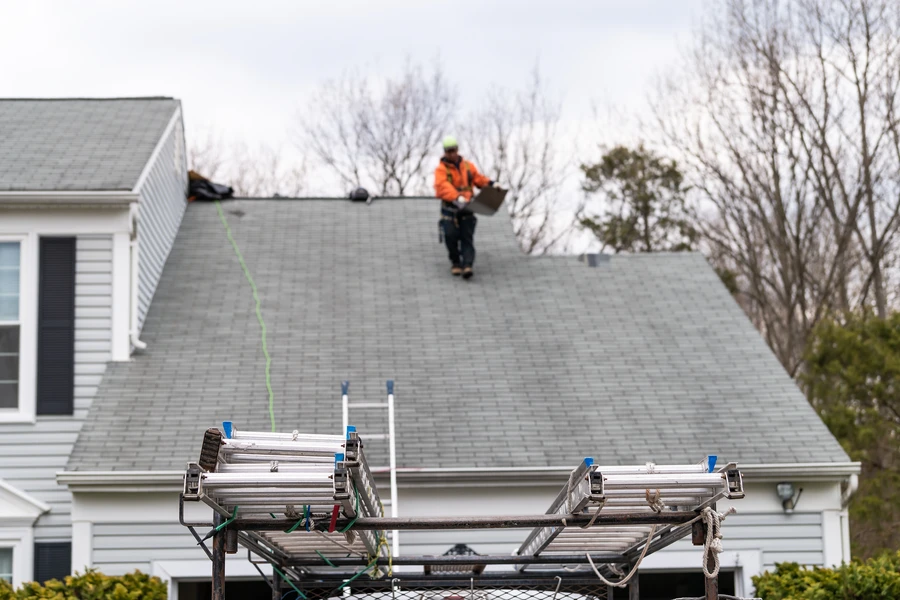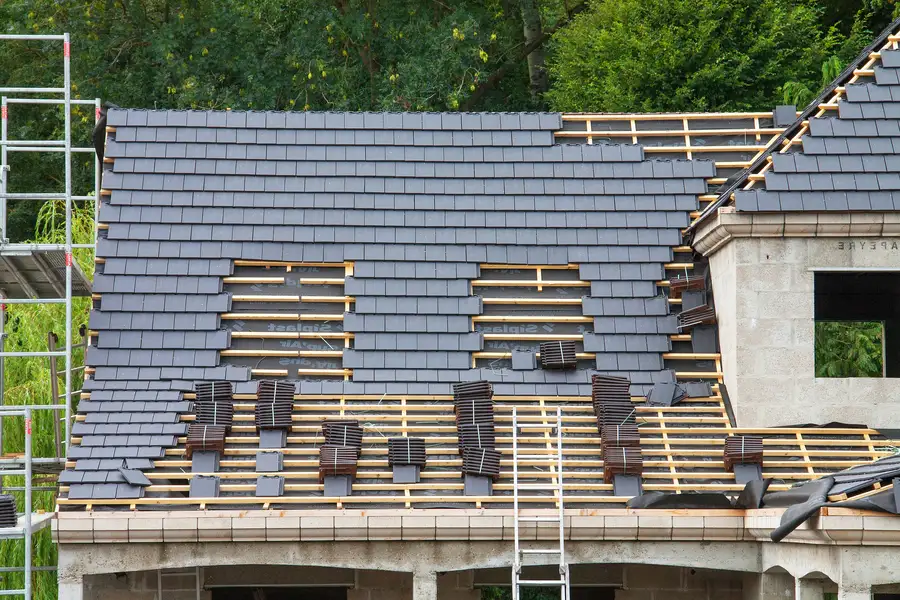The Importance of Protecting Your Home From Water Damage
When you think about your home’s roof, what comes to mind? Many people consider the shingles or tiles that cover their house. However, there is another critical component that often goes unnoticed: flashing. Flashing plays a vital role in preventing water damage by directing rain and moisture away from vulnerable areas. Without proper flashing, even the best roofing materials can’t fully protect your home from leaks and structural damage.

Understanding Flashing’s Role
Flashing acts as a barrier between various parts of the roof and the elements. It is typically made from metal or plastic and is installed around joints, chimneys, vents, and skylights. During roof installation, ensuring that flashing is correctly placed can prevent water from seeping into crevices where it can cause rot or mold. This small but essential component works alongside other roofing materials to provide a comprehensive defense against weather-related issues.
Advantages of Using Proper Flashing
Utilizing the correct type of flashing offers several benefits. First, it minimizes the risk of leaks, which can lead to costly repairs down the line. Second, it extends the life of your roof by protecting underlying structures from moisture. Third, well-installed flashing increases energy efficiency by preventing drafts. Lastly, it adds an extra layer of security against pests that might find openings in unsealed gaps.

Common Problems With Inadequate Flashing
Poorly installed or damaged flashing can lead to significant problems for homeowners. Leaks are one of the most immediate concerns, resulting in water stains on ceilings and walls. Over time, these leaks can weaken wooden structures, leading to sagging roofs or compromised support beams. Additionally, insufficient flashing may allow insects or rodents to enter through gaps, causing further damage.
Steps to Ensure Proper Flashing Installation
Proper installation of flashing is crucial for effective roof protection. Here are some steps to ensure it’s done right:
- Select durable materials like galvanized steel or aluminum
- Ensure overlapping sections to direct water flow effectively
- Seal edges with waterproof sealant to prevent leaks
- Regularly inspect flashing for signs of wear or damage
Expert Tips for Maintaining Roof Flashing
Regular maintenance of your roof’s flashing is key to prolonging its effectiveness. Experts recommend scheduling annual inspections with a professional who can spot potential issues early. Cleaning debris buildup and checking for rust or cracks during these inspections ensures that your flashing remains intact and functional. Replacing any damaged pieces promptly will save you from more extensive repairs in the future.
Cost Considerations for Quality Roofing Systems
Investing in high-quality flashing might seem like an added expense initially, but it offers long-term savings by avoiding costly repairs due to water damage. When planning a new roof installation, including premium flashing materials within your budget guarantees better overall performance. Consider options like copper or stainless steel for maximum durability, although they may come at a higher price point.
Your Next Steps in Securing Your Home
Investing in quality flashing is a wise decision for safeguarding your home’s integrity. By focusing on this crucial aspect of roofing, you’re taking proactive measures to prevent future issues. Contact Last Long Time Roofing and Repair at (812) 301-3336 today to discuss your needs with our expert team. Located in Evansville, IN, we’re dedicated to providing top-notch service and peace of mind for homeowners.
